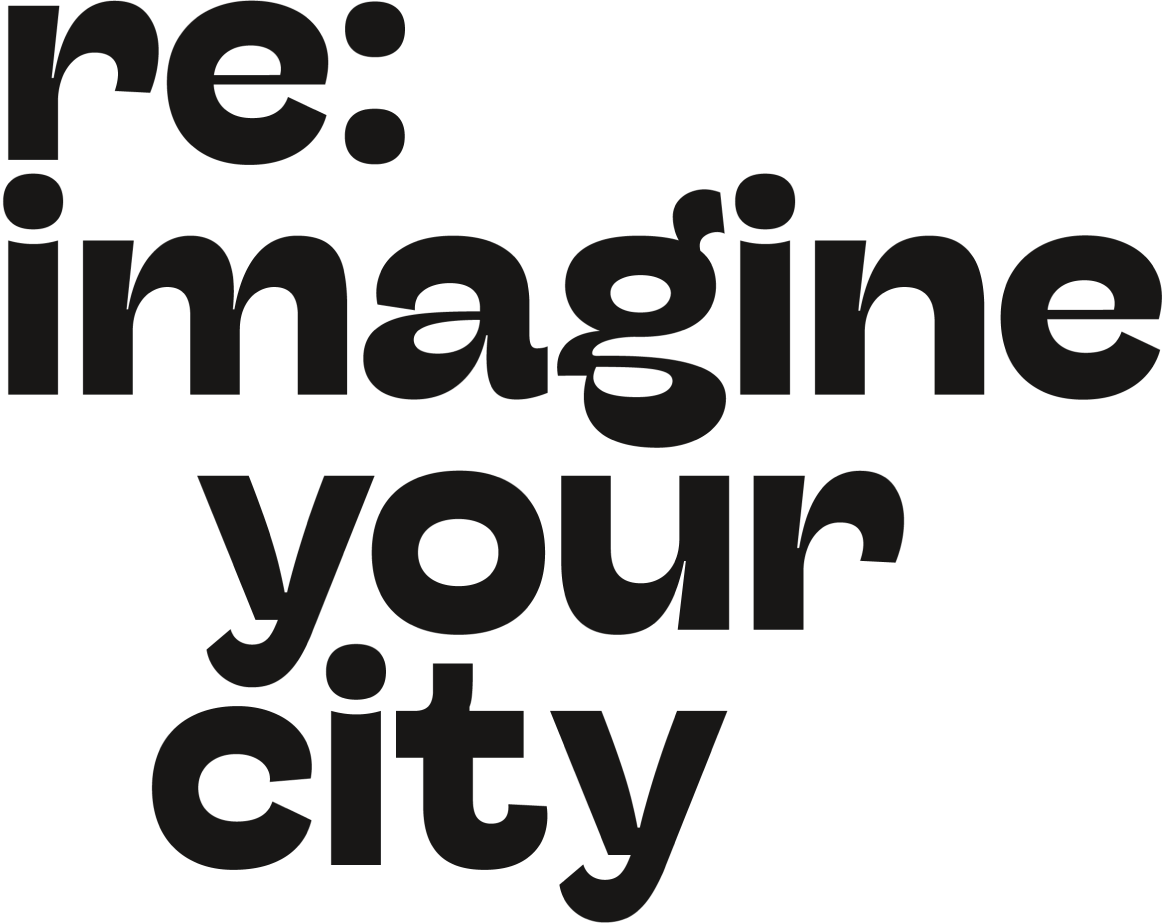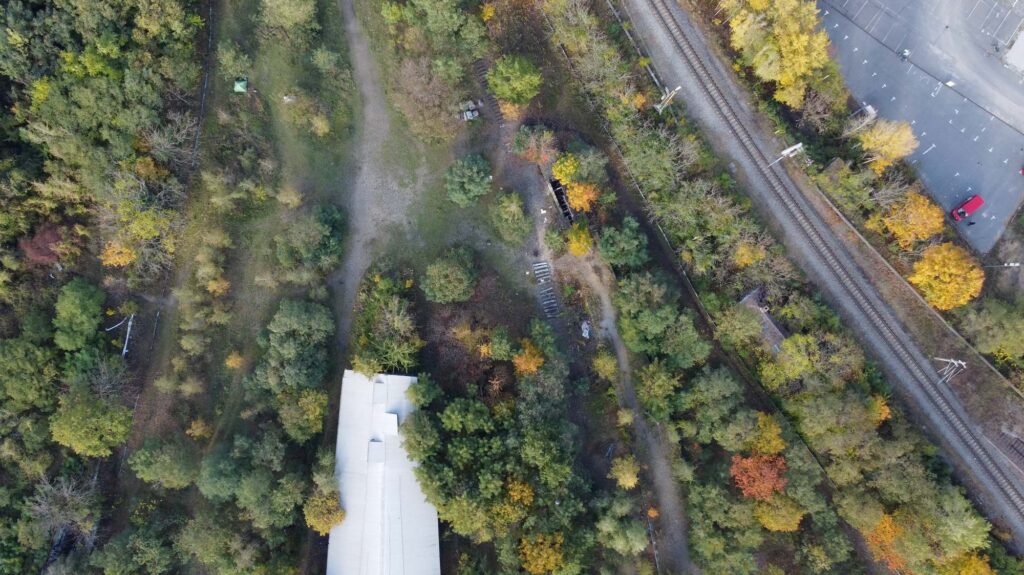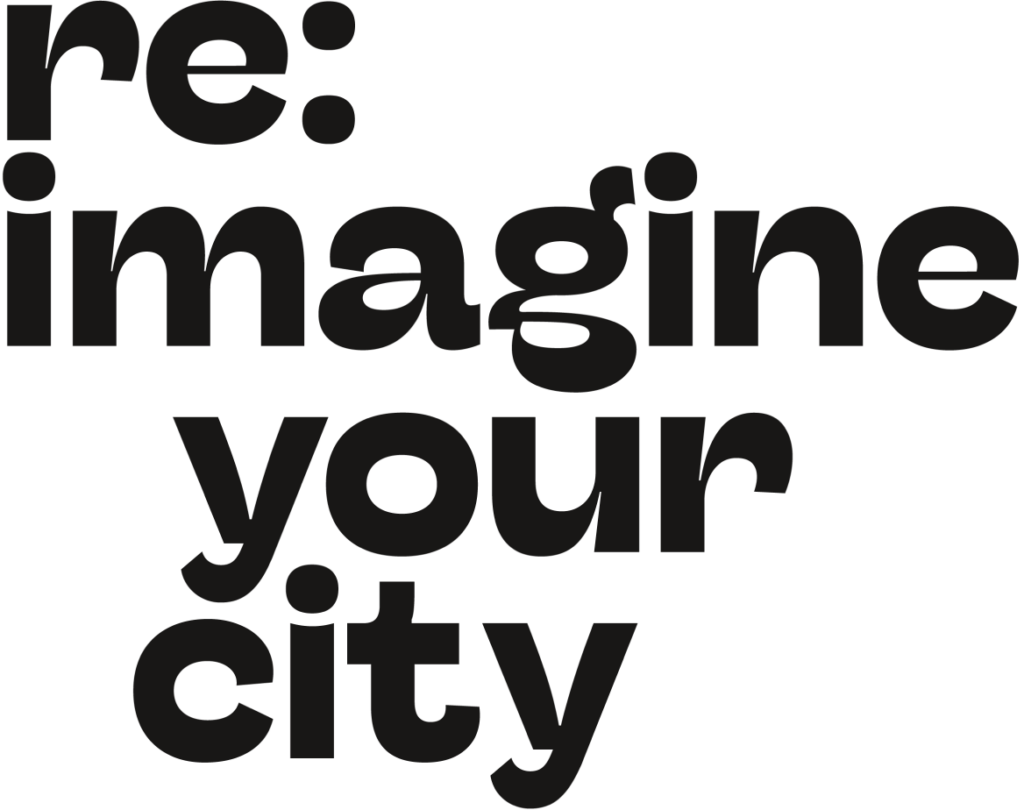The unused Leipzig train station, located in the city center and spanning 27 hectares, is a site of contention. The objective of the project is to amplify the voices of the often overlooked groups that have maintained the area for the last three decades. The goal is to bring attention to the site itself, highlighting its potential as an informal green space that may undergo redevelopment in the future.
We became accustomed to accessing the Alter Leipziger Bahnhof via a concealed narrow path behind an Esso petrol station. Although easily reachable, it is shrouded by dense vegetation. This entry point is well-known to users of this clandestine forest in the heart of the Neustadt in Dresden but isn’t particularly popular with the general public. However, this lack of awareness extends beyond the access point to encompass the entire space.
The Alter Leipziger Bahnhof (Old Leipzig Train Station) is a contested 27-hectare plot in the city centre. Aside from the constant change of ownership, the space stands as a vivid symbol of the ‘right to the city’ ideology. Established in 1830 as Germany’s inaugural long- distance railway, it also carries the somber history of Jewish deportation to concentration camps. In the early ‘90s, shortly after German reunification, its activities gradually waned, and it was decommissioned.
Left abandoned, it transformed into a haven for skaters, graffiti artists, and ravers who relished its relative seclusion and invisibility, particularly from the watchful eyes of the authorities.
The project, Traces of the Invisible (Spuren der Unsichtbaren), commenced with two primary objectives. The first aimed to give a voice to the ‘invisible’ groups that have sustained the space for the past 30 years. Although these small communities prefer to operate in the shadows, we believe that, as part
of the city’s community, they deserve acknowledgement and should not be left behind. The second objective sought to make the site itself visible, showcasing its potential as an informal green lung in the heart of an active urban context. Despite its relatively easy accessibility, those living nearby for years are unaware of this hidden treasure.
Planned as a series of walking interviews with members of different communities active on the site, one may perceive the two objectives as contradictory.
Why ‘expose’ these communities if they prefer to remain in the shadows? Why raise awareness about an informal secret garden? In a broader context, these questions are valid. However, the project must be interpreted at a specific moment in the life of this space. At the beginning of 2023, the city initiated an ideas competition for the development of this area, coinciding with the launch of our project. It was always apparent that such a valuable piece of real estate would not remain undeveloped for long. One could sense this decision from the city looming for quite some time, motivating our documentation project. Nevertheless, the competition’s launch was spontaneous, surprising many people and organisations. The city described the competition process as participative, with the brief developed alongside a small number of people connected to this plot of land. It was intended to be a transparent and democratic process. Despite praising the effort, surprisingly, none of the silent small groups and communities were contacted. Once again, they were left without a voice.
On the 3rd of November 2023, the city published seven shortlisted projects, inviting citizens to voice their opinions during an open workshop on a Thursday morning; a questionable choice of time for a public workshop. While this is a recent development, the ongoing observation will determine its progress, further strengthening the reasoning and legitimacy of our project.
The first episode of our documentary short film is currently in the editing stage and will be released in the coming weeks.
In our inaugural episode, Martin, a pseudonymous name of a graffiti artist, initiates the walking interview, stating: “One can already see that an attempt was made to make the area inaccessible. But for the people who use this place, it is natural to want to come back here again and again. It’s a place that belongs to all of us, and that we all want to use. Like everyone else, I am also a user of this place and have been here for I don’t know how long. Maybe between five and ten years or so. And what connects me to this place? I would say it’s simply the place itself; it draws you in and doesn’t let you go. For me, it’s a space where one can be undisturbed, where one can unfold, where one can pursue their activities, whatever they may be, undisturbed by the public and the police.”
Our project is continually evolving, mirroring the story of the Alter Leipziger Bahnhof. While the nature of the interviews changes, the scope remains consistent. The journey of our project has introduced us to various individuals deeply connected to this plot of land. In the spirit of transparency and democracy, we will interview people involved in the participatory process organised by the city and others who have analysed the process and hold reservations about it.
This project seemed like a good idea at the time. We genuinely believe it still is. We simply never envisaged how intricate the journey of giving a voice to the invisible would become.
Project Team: Christian Zammit (Institute for Spatial Resilience), Lilly Flechtner, Pia Mielenz, Bernadette Isemayer, Dorothea Harrer.


